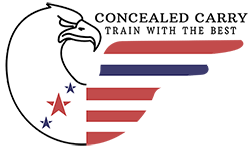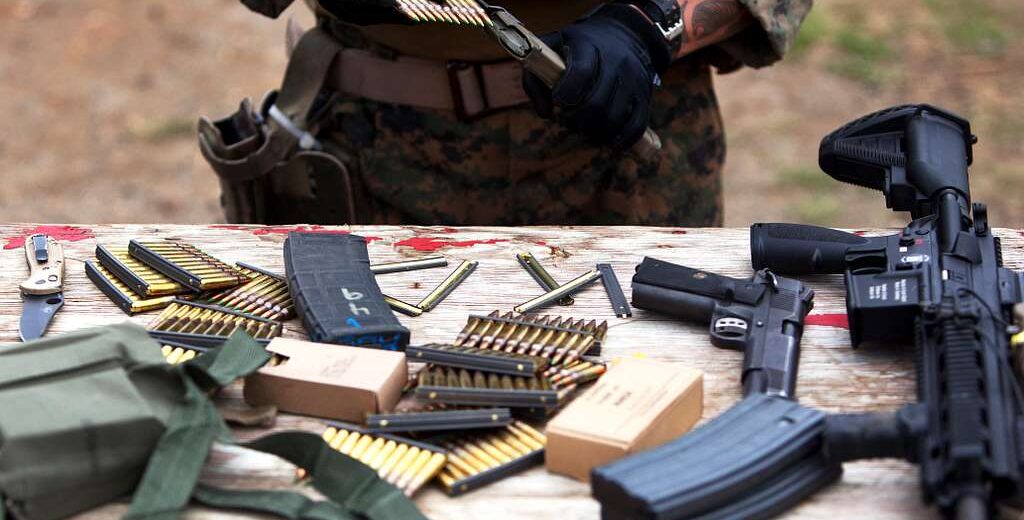Unloading a gun is one of the most important tasks for anyone who owns or handles firearms. Knowing how to unload a gun safely ensures the weapon is secure and prevents accidents. Whether you’re cleaning your firearm, transporting it, or storing it, unloading is a critical step that every gun owner should master.
In this guide, we’ll walk you through the process of unloading a gun step-by-step. By following these easy-to-understand instructions, you’ll gain the confidence to handle your firearm safely and correctly.
Why Learning to Unload a Gun is Crucial
Unloading a gun is more than just a simple procedure it’s essential for safety. According to the National Shooting Sports Foundation (NSSF), many firearm accidents happen when guns are not handled carefully. Improperly unloading a firearm can lead to unintentional discharges, which is why understanding how to unload a gun properly is a key skill for any responsible gun owner.
Whether you’re at the range, at home, or outdoors, ensuring your firearm is unloaded reduces the risk of accidents and injuries. Now, let’s break down the process of unloading your gun.
Step 1: Choose a Safe Location
Before you begin unloading a gun, make sure you are in a safe place. This means no distractions, no people around, and no potential hazards like pets or flammable materials. Find a flat, stable surface, such as a table or the floor, where you can safely handle the firearm.
A safe environment is crucial for proper gun handling. Always remember that your back should be against a wall, and the firearm should be pointed in a safe direction at all times.
Step 2: Engage the Safety
The next step is to engage the gun’s safety mechanism. The safety prevents the gun from firing accidentally, so it’s vital to engage it before doing anything else. Different firearms have different types of safety, such as a lever, button, or switch. Familiarize yourself with your gun’s safety features and be sure to activate it before you proceed.
Step 3: Remove the Magazine
After engaging the safety, remove the magazine. The magazine holds the rounds (ammunition) in the firearm, and removing it is the first step in unloading. To do this, press the magazine release button or lever (typically found near the grip) to eject the magazine.
It’s important to visually check the magazine to ensure it’s empty. While removing the magazine helps prevent further ammunition from entering the chamber, it doesn’t guarantee the firearm is completely unloaded. That’s why you must move to the next step.
Step 4: Clear the Chamber
Even with the magazine removed, a round can still be in the chamber of the firearm. This is a crucial step clearing the chamber ensures that no live round remains in the gun.
To do this:
- For handguns: Pull the slide back and lock it open to expose the chamber. Inspect the chamber visually to make sure it’s empty.
- For rifles and shotguns: Pull the charging handle (or similar mechanism) back to open the action, allowing you to see the chamber and ensure it’s clear.
Once you’ve visually confirmed that the chamber is empty, double-check by feeling inside the chamber with your finger to ensure there is no round left.
Step 5: Verify the Gun is Unloaded
Now that you’ve cleared the chamber, it’s important to double-check that the gun is fully unloaded. You should always inspect both visually and physically to confirm that no rounds are left in the gun.
Perform a simple function check by manipulating the gun’s action or trigger. If the firearm is semi-automatic, you may want to rack the slide again to be sure there are no rounds inside.
Step 6: Secure the Firearm
Once the gun is unloaded, it’s time to store or secure it. Always keep your firearm in a safe location. A gun safe or a locked cabinet is the best choice for secure storage. If you need to transport the firearm, always place it in a locked case, and remember to carry ammunition separately to reduce the risk of confusion.
Always unload a firearm before storing it in a safe or locked cabinet to prevent unintended discharges.
Unloading Different Types of Firearms
Different firearms require slightly different unloading procedures. Here’s a quick overview of common types:
- Handguns: Engage the safety, remove the magazine, and pull the slide back to clear the chamber.
- Rifles: Engage the safety, remove the magazine, and pull the charging handle to lock the action open.
- Shotguns: Engage the safety and open the action to remove any rounds. Make sure to check the chamber thoroughly.
Additional Safety Tips
- Always Point the Firearm in a Safe Direction: Even when unloading, keep the firearm pointed in a safe direction away from yourself and others. This is critical to prevent any accidents.
- Wear Eye and Ear Protection: While unloading a gun doesn’t involve shooting, wearing safety gear is always a good habit, especially if you are in a range or outdoor environment.
- Educate Others: If you have family or friends who are new to firearms, take the time to teach them how to unload a gun properly. This helps everyone be more aware of safe gun-handling practices. Additionally, choosing the right holster can enhance firearm safety and accessibility. You can learn more in this guide to Talon Holsters.
- Get Professional Training: If you’re unsure how to unload a gun, seek training from a qualified instructor. Professional training can help build your confidence and ensure you understand safe gun handling practices.
Frequently Asked Questions
Q: How do I know if my gun is completely unloaded?
A: Always visually inspect the chamber and physically check inside to ensure no round is left. Perform a function check to confirm that the gun is empty.
Q: Can I unload a gun if the magazine is removed?
A: Yes, but you still need to clear the chamber by manually checking for any rounds. The gun may still have a round chambered even without a magazine.
Q: What should I do if my gun malfunctions while unloading?
A: If you experience a malfunction, keep the firearm pointed in a safe direction and seek help from an expert. Don’t force the action open; consult the manufacturer or a professional for troubleshooting.
Final Thoughts
Learning how to unload a gun safely is a key responsibility for every gun owner. By following the simple steps outlined in this guide, you can handle your firearm with confidence and ensure a safe environment for yourself and others.
Remember, gun safety is a continuous practice. Always stay informed, follow safety guidelines, and practice regularly to reinforce good habits. Unloading your firearm properly is just one step in becoming a responsible and safe gun owner.
Stay safe, and always handle firearms with care!





